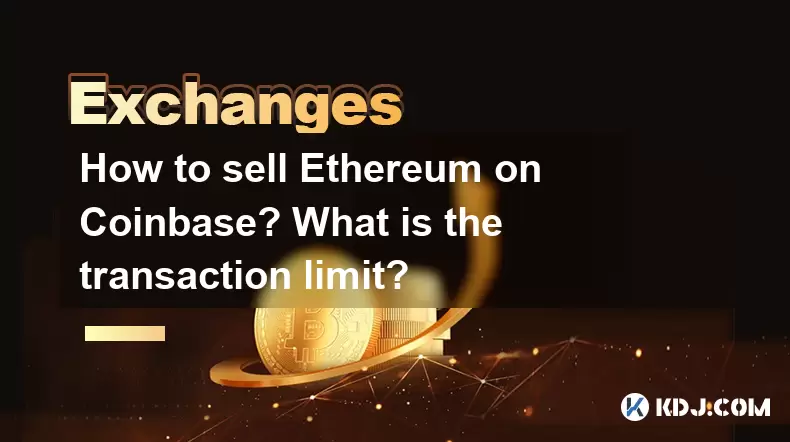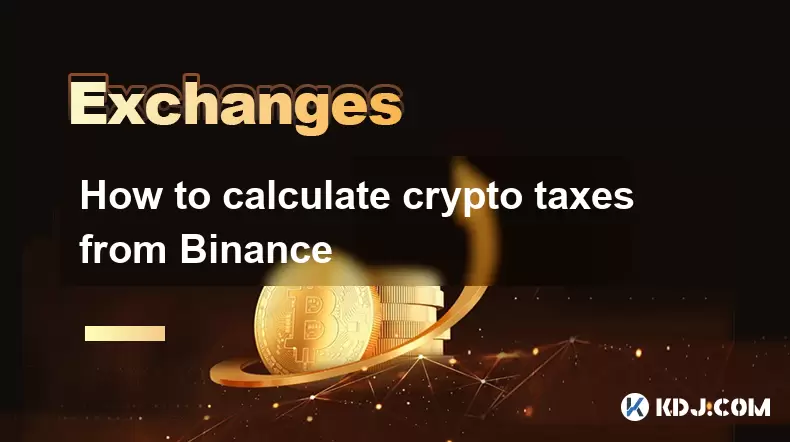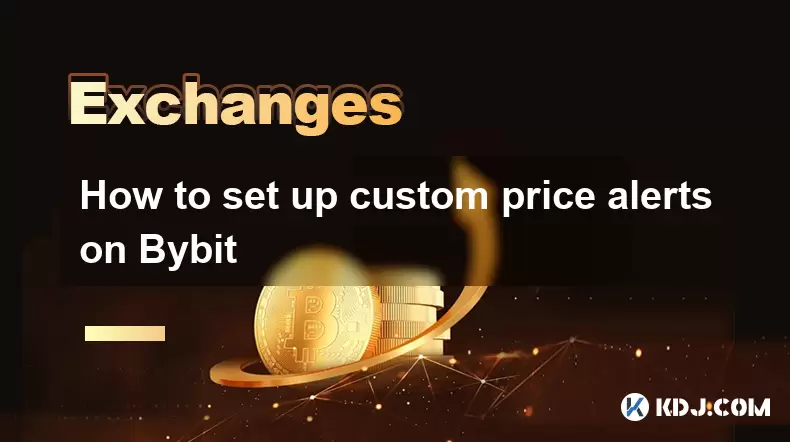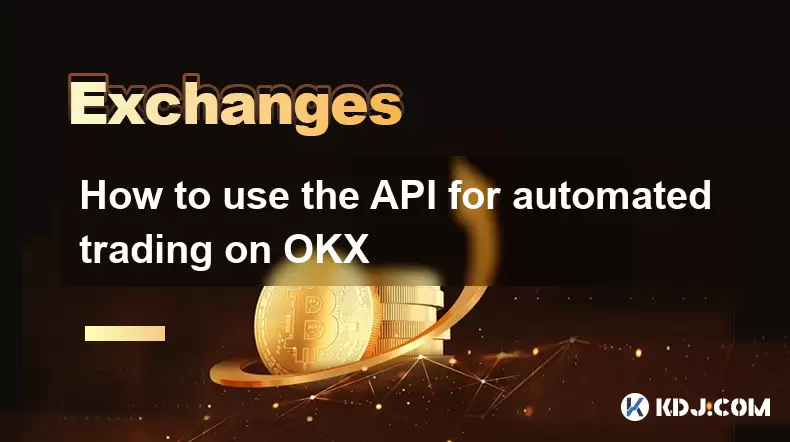-
 Bitcoin
Bitcoin $117500
2.15% -
 Ethereum
Ethereum $3911
6.19% -
 XRP
XRP $3.316
10.79% -
 Tether USDt
Tether USDt $1.000
0.01% -
 BNB
BNB $787.2
2.24% -
 Solana
Solana $175.2
4.15% -
 USDC
USDC $0.9999
0.00% -
 Dogecoin
Dogecoin $0.2225
8.40% -
 TRON
TRON $0.3383
0.28% -
 Cardano
Cardano $0.7868
6.02% -
 Stellar
Stellar $0.4382
9.34% -
 Hyperliquid
Hyperliquid $40.92
7.56% -
 Sui
Sui $3.764
7.63% -
 Chainlink
Chainlink $18.48
10.66% -
 Bitcoin Cash
Bitcoin Cash $582.1
1.88% -
 Hedera
Hedera $0.2601
6.30% -
 Avalanche
Avalanche $23.33
4.94% -
 Ethena USDe
Ethena USDe $1.001
0.02% -
 Litecoin
Litecoin $122.3
2.04% -
 UNUS SED LEO
UNUS SED LEO $8.969
-0.27% -
 Toncoin
Toncoin $3.339
0.86% -
 Shiba Inu
Shiba Inu $0.00001287
4.30% -
 Uniswap
Uniswap $10.43
7.38% -
 Polkadot
Polkadot $3.861
5.08% -
 Dai
Dai $1.000
0.02% -
 Bitget Token
Bitget Token $4.513
3.41% -
 Monero
Monero $267.7
-6.18% -
 Cronos
Cronos $0.1499
4.14% -
 Pepe
Pepe $0.00001110
5.15% -
 Aave
Aave $284.9
8.28%
How to sell Ethereum on Coinbase? What is the transaction limit?
Selling Ethereum on Coinbase is easy: verify your account, navigate to the sell page, choose ETH, enter the amount, select a payment method, and confirm the sale.
May 16, 2025 at 03:21 am

Selling Ethereum on Coinbase is a straightforward process that allows users to convert their cryptocurrency holdings into fiat currency. To get started, you'll need to have a verified Coinbase account and some Ethereum in your wallet. This article will guide you through the steps to sell Ethereum, and also discuss the transaction limits you might encounter on the platform.
Setting Up Your Coinbase Account
Before you can sell Ethereum, ensure your Coinbase account is fully set up and verified. Verification is crucial as it not only allows you to sell but also affects your transaction limits. Here’s how to ensure your account is ready:
- Sign up for a Coinbase account if you haven’t already. You’ll need to provide your email address and create a strong password.
- Complete the verification process. Coinbase requires you to verify your identity with government-issued ID and sometimes additional documentation, such as proof of address.
- Link a payment method. You can link a bank account or a debit card to your Coinbase account. This is where the proceeds from selling your Ethereum will be sent.
Navigating to the Sell Page
Once your account is set up, you can proceed to sell your Ethereum. Here are the steps to navigate to the sell page:
- Log into your Coinbase account.
- Click on the "Trade" tab located in the top navigation bar.
- Select "Sell" from the options presented. You’ll then be taken to the sell page where you can choose the cryptocurrency you want to sell, in this case, Ethereum.
Selling Ethereum
Now that you’re on the sell page, follow these steps to sell your Ethereum:
- Choose Ethereum (ETH) from the list of available cryptocurrencies.
- Enter the amount of Ethereum you want to sell. You can enter the amount in ETH or the equivalent in your local currency.
- Select your payment method. Choose where you want the funds to be sent, either to your linked bank account or debit card.
- Review the transaction details. Make sure to check the exchange rate and any associated fees.
- Confirm the sale. Click on the "Sell Ethereum" button to execute the transaction.
Understanding Transaction Limits
Coinbase imposes transaction limits to ensure security and compliance with regulatory requirements. These limits can vary based on several factors, including your account verification level and the payment method used. Here’s what you need to know about transaction limits:
- Daily Limits: The amount of Ethereum you can sell in a 24-hour period. For new accounts, this might be lower, but it increases as you verify your account further.
- Weekly Limits: Similar to daily limits, but calculated over a week. These limits are usually higher than daily limits.
- Monthly Limits: Some accounts may have a monthly limit as well, which is the highest threshold for selling Ethereum.
To check your specific limits:
- Go to the "Limits & Features" page on Coinbase. This can be found under the "Settings" menu.
- Review the limits for selling Ethereum and other cryptocurrencies. If your limits are too low, consider completing additional verification steps to increase them.
Receiving Your Funds
After selling your Ethereum, the funds will be sent to your chosen payment method. The time it takes to receive your funds can vary:
- Bank Account: Typically, it takes 1-3 business days for the funds to appear in your bank account.
- Debit Card: The funds may be available instantly or within a few hours, depending on your bank and the time of day the transaction was made.
Fees and Considerations
When selling Ethereum on Coinbase, be aware of the fees involved:
- Transaction Fees: Coinbase charges a fee for each transaction, which can vary based on the payment method and the amount being sold.
- Network Fees: In some cases, you might also incur network fees, which are used to process transactions on the Ethereum blockchain.
To minimize fees:
- Use a bank transfer for lower fees compared to using a debit card.
- Sell larger amounts at once, as fees are often percentage-based and can be more economical when selling in bulk.
Frequently Asked Questions
Q: Can I sell Ethereum for other cryptocurrencies on Coinbase?
A: Yes, Coinbase allows you to sell Ethereum and convert it into other cryptocurrencies available on their platform. Simply select the cryptocurrency you want to receive instead of fiat currency when you’re on the sell page.
Q: What happens if I exceed my transaction limits on Coinbase?
A: If you exceed your transaction limits, the transaction will be declined. You can either wait until your limits reset or complete additional verification steps to increase your limits.
Q: Can I sell Ethereum on Coinbase Pro, and are the limits different?
A: Yes, you can sell Ethereum on Coinbase Pro, which is designed for more advanced traders. The limits on Coinbase Pro might be different and typically higher than those on the standard Coinbase platform, depending on your verification level.
Q: How can I track the status of my Ethereum sale on Coinbase?
A: You can track the status of your Ethereum sale by going to the "Transactions" page on Coinbase. Here, you’ll find a list of all your recent transactions, including the status of your Ethereum sale.
Disclaimer:info@kdj.com
The information provided is not trading advice. kdj.com does not assume any responsibility for any investments made based on the information provided in this article. Cryptocurrencies are highly volatile and it is highly recommended that you invest with caution after thorough research!
If you believe that the content used on this website infringes your copyright, please contact us immediately (info@kdj.com) and we will delete it promptly.
- FTT Token's Wild Ride: Creditor Repayments vs. Market Drop - A New Yorker's Take
- 2025-08-08 07:10:12
- Floki Crypto Price Prediction: Riding the Robinhood Rocket or Just a Meme?
- 2025-08-08 07:15:12
- EigenLayer, Restaking, and Ethereum: Navigating the Hype and the Hazards
- 2025-08-08 06:30:12
- Super Bowl 59: Jon Batiste to Jazz Up the National Anthem
- 2025-08-08 06:30:12
- Cold Wallet Crypto in 2025: The Future is Now, Ya'll
- 2025-08-08 05:10:13
- MAGACOIN, SOL, and ADA: A Tale of Shifting Tides in Crypto
- 2025-08-08 05:10:13
Related knowledge

How to use advanced trading on Gemini
Aug 08,2025 at 04:07am
Understanding Advanced Trading on GeminiAdvanced trading on Gemini refers to a suite of tools and order types designed for experienced traders who wan...

How to deposit USD on Bitstamp
Aug 07,2025 at 05:18pm
Understanding Bitstamp and USD DepositsBitstamp is one of the longest-standing cryptocurrency exchanges in the industry, offering users the ability to...

How to find my transaction ID on Gemini
Aug 08,2025 at 12:50am
Understanding the Transaction ID in Cryptocurrency ExchangesA transaction ID (TXID) is a unique alphanumeric string that identifies a specific transfe...

How to calculate crypto taxes from Binance
Aug 08,2025 at 07:56am
Understanding Cryptocurrency Taxation on BinanceCalculating crypto taxes from Binance requires a clear understanding of how tax authorities classify d...

How to set up custom price alerts on Bybit
Aug 07,2025 at 04:31pm
Understanding Price Alerts on BybitPrice alerts on Bybit are essential tools for traders who want to stay informed about significant price movements i...

How to use the API for automated trading on OKX
Aug 07,2025 at 05:21pm
Understanding the OKX API for Automated TradingThe OKX API provides a powerful interface for users to automate their trading strategies, access real-t...

How to use advanced trading on Gemini
Aug 08,2025 at 04:07am
Understanding Advanced Trading on GeminiAdvanced trading on Gemini refers to a suite of tools and order types designed for experienced traders who wan...

How to deposit USD on Bitstamp
Aug 07,2025 at 05:18pm
Understanding Bitstamp and USD DepositsBitstamp is one of the longest-standing cryptocurrency exchanges in the industry, offering users the ability to...

How to find my transaction ID on Gemini
Aug 08,2025 at 12:50am
Understanding the Transaction ID in Cryptocurrency ExchangesA transaction ID (TXID) is a unique alphanumeric string that identifies a specific transfe...

How to calculate crypto taxes from Binance
Aug 08,2025 at 07:56am
Understanding Cryptocurrency Taxation on BinanceCalculating crypto taxes from Binance requires a clear understanding of how tax authorities classify d...

How to set up custom price alerts on Bybit
Aug 07,2025 at 04:31pm
Understanding Price Alerts on BybitPrice alerts on Bybit are essential tools for traders who want to stay informed about significant price movements i...

How to use the API for automated trading on OKX
Aug 07,2025 at 05:21pm
Understanding the OKX API for Automated TradingThe OKX API provides a powerful interface for users to automate their trading strategies, access real-t...
See all articles

























































































